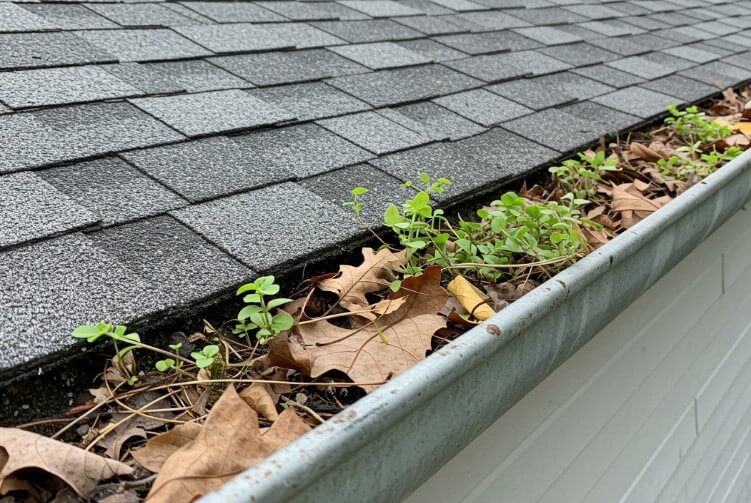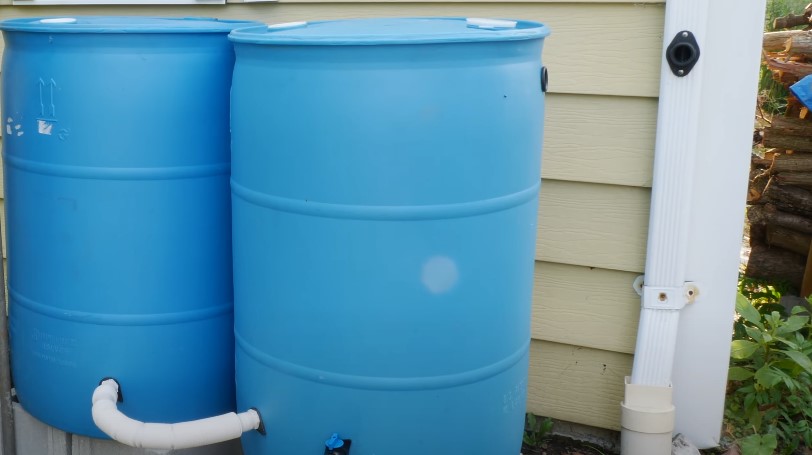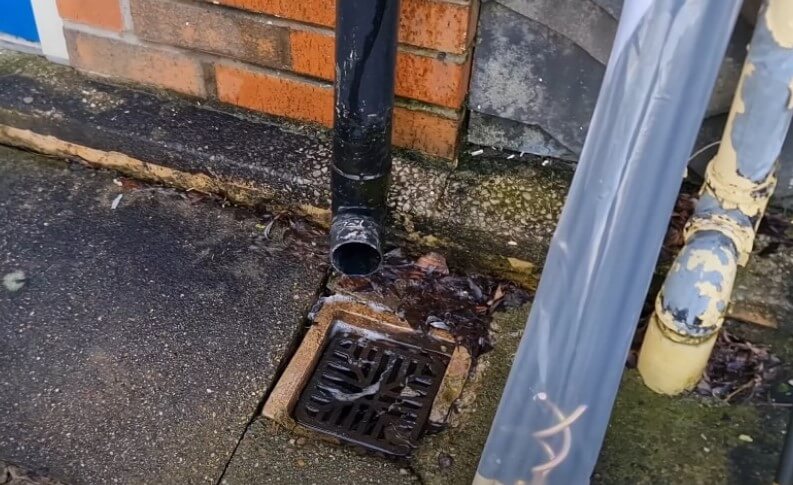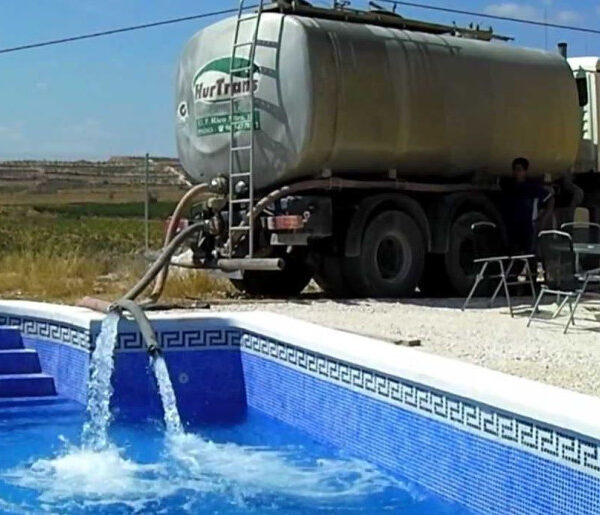A healthy garden depends on more than sun, soil, and water. Behind the scenes, an often-overlooked hero keeps everything in balance: your drainage system.
When roof debris like leaves, twigs, and moss slides off into gutters and makes its way to garden drains, trouble starts.
Water pools. Plants drown. Soil erodes. In some cases, that water even creeps toward the foundation of the house, bringing the risk of expensive repairs.
The good news is that with a little planning and routine care, it’s completely possible to keep drainage flowing freely year-round.
Whether your property sits under a leafy canopy in the Midwest or you simply deal with seasonal leaf fall in autumn, the strategies below will help keep your garden dry and thriving.
Why Roof Debris Becomes a Garden Drain Problem

During storms or windy days, leaves and twigs from overhanging branches land on the roof. Rain pushes that organic matter toward the gutters, where it collects until the next heavy shower carries it into the downspouts.
Eventually, that debris finds its way into garden drains. Once it’s there, several issues start stacking up:
- Waterlogged Plants: Saturated soil deprives roots of oxygen, and delicate plants can start to rot or die back.
- Soil Erosion: Overflowing water carries away topsoil, robbing your garden of nutrients.
- Pest Trouble: Standing water is a welcome mat for mosquitoes and other insects.
- Structural Risk: When water can’t escape and backs up toward the foundation, it may lead to cracks, leaks, or a compromised footing.
The National Association of Home Builders reports that poor drainage is a leading factor in foundation problems.
Three Core Strategies to Keep Drains Clear
A reliable approach blends physical barriers, regular maintenance, and smart water management. Each plays a role in protecting both the garden and the home.
1. Physical Barriers
Physical barriers stop debris before it can enter the system. This includes solutions for the roof, gutters, and the drains themselves.
Gutter Guards and Leaf Separators
A gutter full of wet leaves is a perfect delivery system for clogs. Gutter guards and leaf separators break the cycle:
Gutter Guards
These covers sit over your gutters – sometimes mesh, foam, or perforated plastic – allowing water to pass through while catching leaves and twigs.
Leaf Separators in Downspouts
Installed inside or just below the gutter outlet, these devices filter debris as water flows down the pipe.
Drain Guards and Screens
While gutter guards handle the roof side, drain guards protect the garden side:
- Wire Mesh Screens: Cheap, easy to cut, and effective for leaves and larger debris.
- Plastic or Rubber Domes: More durable and easy to rinse clean after storms.
The Northern Virginia Soil and Water Conservation District recommends using guards with openings fine enough to catch leaves but not so small that they trap every grain of dirt.
Proper sizing is key to preventing secondary clogs.
2. Regular Maintenance
View this post on Instagram
Even with the best barriers, debris will always find a way to settle somewhere. A simple maintenance routine ensures it never gets the upper hand.
Gutter Cleaning
At least twice a year – spring and autumn – clear your gutters of leaves and grit. If your yard has mature trees or frequent storms, check them more often.
Gutter cleaning is easiest with the right tools, and if you prefer professional help, Gutter Cleaning Sydney can handle the job safely and efficiently.
Practical Tips
- Use a sturdy ladder and gloves.
- Scoop out debris by hand or with a small gutter tool.
- Flush with a garden hose to clear out smaller particles.
Garden Drain Checks
Inspect drains monthly or after big storms:
- Lift the guard or screen.
- Rinse with a hose to push out any small blockages.
- Look for slow drainage, which can indicate buildup deeper in the line.
Tree and Branch Management
Trimming overhanging branches reduces future debris at the source. Autumn leaf fall is when you’ll see the biggest difference. Aim to keep large limbs from hanging directly above the roof whenever possible.
3. Smart Water Management

Even a spotless gutter system benefits from good water flow planning. When water moves efficiently, debris is less likely to settle and cause problems.
Rain Barrels or Cisterns
Rain barrels capture runoff from downspouts, easing the load on drains. A standard 50-gallon barrel is enough for a small garden, and overflow attachments can direct extra water into safer areas like a rain garden. Benefits include:
- Lower water bills by reusing rainwater for irrigation.
- Reduced pressure on garden drains during storms.
Rain Gardens
A rain garden is a shallow, landscaped basin designed to absorb and filter water naturally. To set one up:
- Pick a spot at least 10 feet from your foundation.
- Amend the soil with sand, compost, and topsoil for improved drainage.
- Plant native perennials or grasses that tolerate both wet and dry cycles.
Dry Wells and Infiltration Trenches
A dry well is an underground pit filled with gravel that stores water temporarily and lets it soak into the soil.
- Typical capacity: 100-200 gallons.
- Use landscape fabric to keep surrounding soil out of the gravel.
- Always locate at least 10 feet from the home to prevent seepage.
Splash Blocks and Downspout Extensions
Directing water away from foundations and drains prevents pooling that carries debris. Simple plastic splash blocks or flexible downspout extensions can make a significant difference in where water settles.
Step-by-Step Routine for Year-Round Drain Health

Combining all the above strategies into a simple schedule keeps things manageable:
Practical Tips

Small habits can make a big difference:
- Sweep or blow leaves away from drain openings regularly.
- Avoid letting moss build up on the roof or around gutters.
- Never pour fats or oils into outdoor drains – they solidify and catch debris.
- Inspect the day after heavy rain to spot issues early.
Hofen Drain, a manufacturer specializing in drainage solutions, recommends combining physical guards with routine flushing to dramatically reduce the likelihood of major clogs.
Bringing It All Together
Roof debris will always be part of homeownership in leafy neighborhoods, but it doesn’t have to end in a soggy garden or stressed foundation. With a smart combination of:
- Physical barriers like gutter guards, leaf separators, and drain screens
- Routine maintenance including cleaning, inspection, and branch trimming
- Water management strategies such as rain barrels, rain gardens, and dry wells
…you can keep water flowing where it belongs. Even a few hours of preventative care each season saves the headache of flooded flower beds or expensive foundation repairs. Your garden will stay healthier, your home will be safer, and every heavy rain will feel just a little less threatening.




